Welcome to a new series! There’s a lot of things that you need to have in your sewing toolbox; some of them are big items – like choosing the best sewing machine, which we’ll cover in this edition. In upcoming episodes we’ll cover more necessary items every quilter should have on hand, from scissors, to thread, to little “gadgets” that you might not think of getting on your own!
How to Save Money and Still Have the Best Sewing Machine for a Quilter
Unless you are a professional seamstress (sewing for others)…a quilt store owner giving classes and selling everything remotely related to sewing…or a professional long-arm quilter; you really won’t be needing all the bells and whistles that every quilt store and magazine insists that you must have.
There’re lots of fancy dreams about sewing machines out there – but how do you know which is the best sewing machine for you?
How do I know?
I’ve been sewing for 30 years and creating fabric arts and quilts for 14 years, and the closest I’ve ever gotten to all the bells and whistles was when I purchased a Bernina sewing machine. It was an Artista 170 and the listed price at that time was $3,000.00.
I didn’t actually pay that, however. I got it for $800.00 because it had been a demo model.
I’ve sewn on this machine for 10 years and really enjoyed all the fancy stitches, etc… until they stopped working so well. Then the Bernina salesman told me it couldn’t be fixed and I needed to purchase a new one.
Since I’d been diligently taking this machine in to be cleaned and maintained on a regular basis – and paying over $100/visit, I decided that I’d let Michael have a look at it. Michael is a great mechanic – very methodical and thorough.
He discovered 4 things.
One: the machine had never been oiled or even properly cleaned.
Which meant that all the money I had spent supposedly having that done had been wasted.
Two: the Bernina manufacturer had used shoddy metal
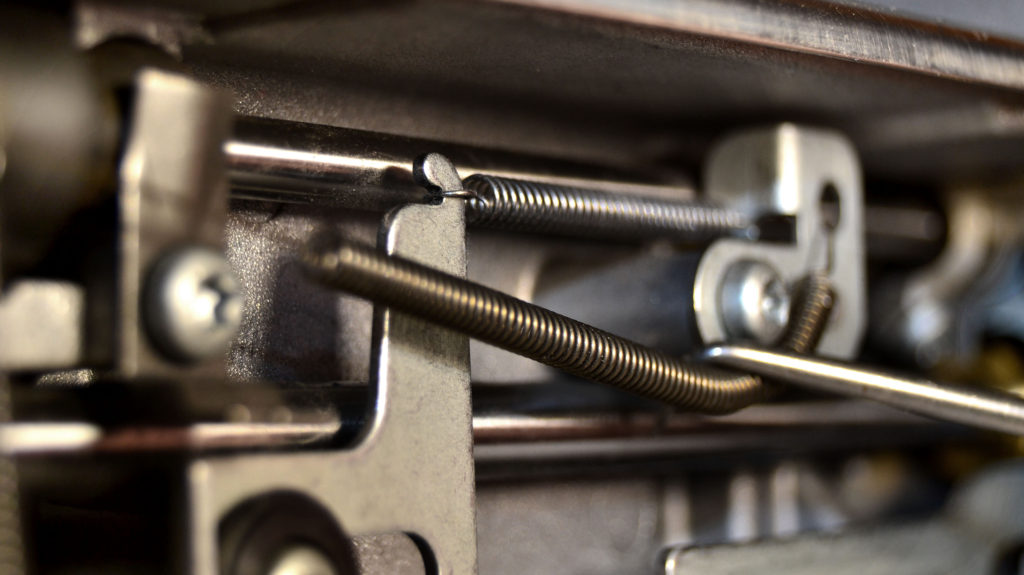
Probably on everything, but especially on the jingle-zazzle (forgive me, darling, I don’t remember the precise term) that’s used in sewing all of the fancy stitches, and ultimately the zig-zag stitch, which is my most valuable stitch.
Three: Bernina does not provide a shop book for do-it-yourselfer mechanics to figure out how it works.
This didn’t stop my sweetheart, and, being Michael, he stripped that Bernina down to the frame and figured it all out himself only to find yet another problem.
Four: As a “civilian” you can’t purchase a replacement part anywhere.
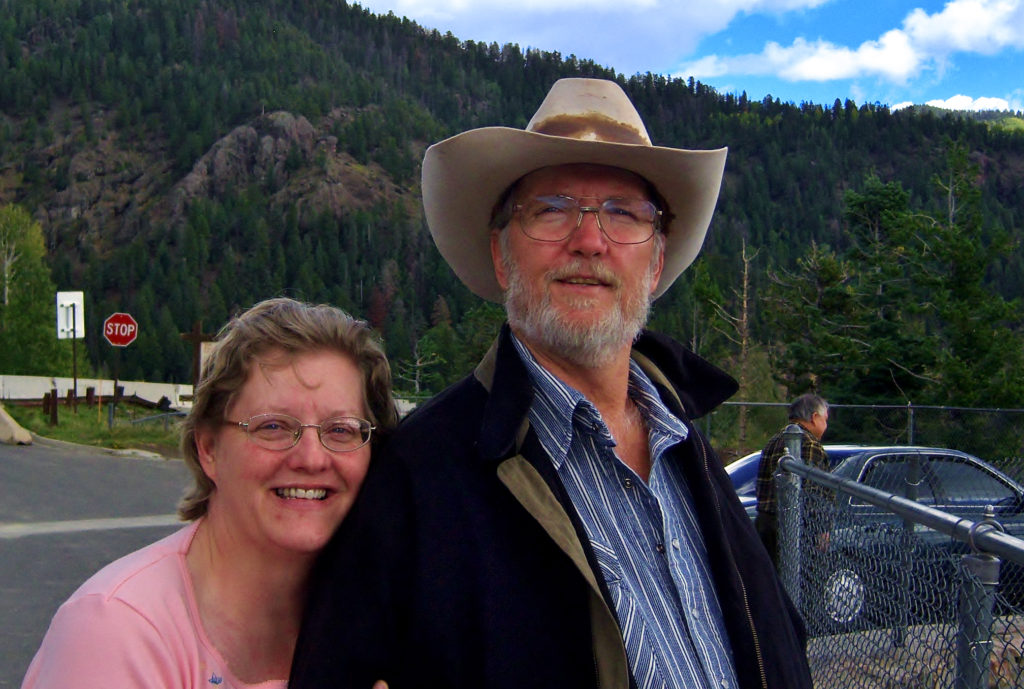
Not from Bernina itself, and not from the sewing machine repairman in ANY of the quilt stores! Michael was EXTREMELY ticked off. And, just to show them, figured out how to make it work anyway.
The upshot was that the Bernina sewed for me for another 5 years but has now, finally, given up the ghost entirely.
I say all this to tell you that Michael and I have been having long discussions about what I must have in a machine, what I would like to have, and what is just an added pain in the neck and the pocketbook.
Here are my conclusions:
What You Need in a Sewing Machine Depends on What You’re Planning to Create With it
After a potential financial horror story like this (imagine if I’d paid full price!) you might be leery of getting a sewing machine at all. Forget that thinking. Unless you’re one of those people who sews entirely by hand…but even for those who quilt or piece by hand usually do end up doing a little bit with a sewing machine.
Get your quilting out from “behind bars” by buying the best sewing machine for your needs
This is the #1 item you MUST have in your tool kit or there’s no use in going any further.
Whether you use it:
- Just to do the mending…
- Making your own clothes…
- Or quilting…
The sewing machine you purchase must be able to perform smoothly, without constant breakdowns, and get the job done with a minimum of fuss. Here are some things you should consider and look for.
Just Because it’s Expensive, Doesn’t Mean it’s Any Good
I actually don’t think that any of the big, brand name quilting machines could possibly be the best sewing machine for quilters.
Like I said, I will never buy a Bernina again because of the shoddy workmanship…the unavailability of a shop book…the expense of a maintenance visit…and the refusal on the company’s part to sell individual parts to the unwashed masses.
I have checked with Baby-Lock and Janome and this appears to be their standard operating procedure as well.
Barb bought herself a new Janome a few years back and it cost her around $8,000.00!
I would say this is insane because you have to sew professionally for this to be at all financially sound, and Barb sews way less than I do. Also, Michael found out on his many travels via the Internet, that Bernina at least, sells their machines in Europe for half the price they sell them for here, and I find that very upsetting.
What You Don’t Need in a Sewing Machine
If you are into embroidery in a big way, then you will obviously need a machine that does this – but shop very carefully. I’m sure there are ways to purchase the best sewing machine for specialties like this without paying top dollar.
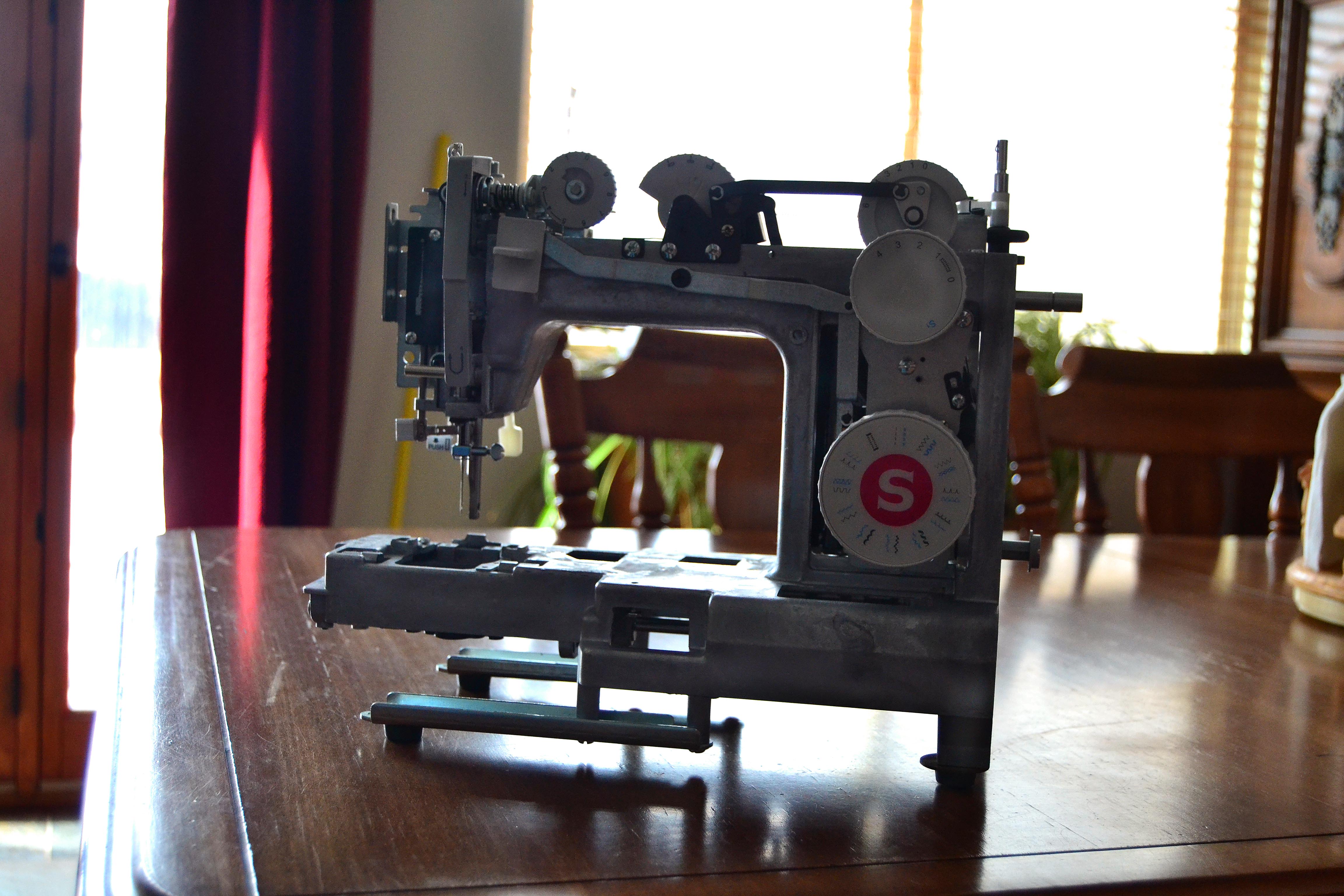
The internet is always a good place to start – and my favorite quilting store recently moved buildings, and marked their machines down by 50%.
However, if you only want to do the occasional monogram, like I do, you only need a machine that does a nice satin stitch and has free motion quilting.
Buying a Cheaper Machine Can Force Ingenuity
I have often lusted over machines that have a wider throat because it is so much easier to push a larger project through them. But, since I’ve never had one, and refuse to spend thousands to obtain one, I used my in-born creativity and figured out ways to put smaller pieces through before joining them to the larger piece.
This is called quilting in sections and there are a lot of ways to go about doing this, and believe me, they work! So don’t spend thousands for a larger throat machine if you don’t absolutely have to.
Plus, a big reason I quilt is to keep my mind sharp. So trying new and even difficult techniques is good for me, anyway.
Be Wary of Those Oh-So-Tempting Accessories
Other things that are nice but not necessary are:
- Needle-threaders (these break easily)
- Thread cutters
- A knee presser foot instead of a foot pedal
- And 300 fancy stitches – of which you will probably only use 10.
There are always exceptions, of course. My eyesight isn’t great, so if I didn’t have my kids around, I’d probably need a needle-threader. I’ve known of quilters who sadly suffer from physical ailments, and they actually do need the knee presser.
What You Do Need in a Sewing Machine
That being said, there are a few qualities and features that you need to look for if you’re going to be successful in find the best sewing machine for you.
This is my best sewing machine – the second of two identical machines which does all the work of my Bernina for roughly $140 a machine
Durability
This means a machine that is well made with the best material available, especially when it comes to the shanks (whatever those are), and other internal workings, etc. It must be built with good steel.
You can find all this out if you check out each machine’ website, but you might also want to ask your local shade-tree mechanic for advice if you can.
Maneuverability
If you’ve never owned a machine with a computer in it, it will astonish you at how much they weigh! My Bernina was just a regular sized machine, but it weighed at least 3 times more than one without a computer.
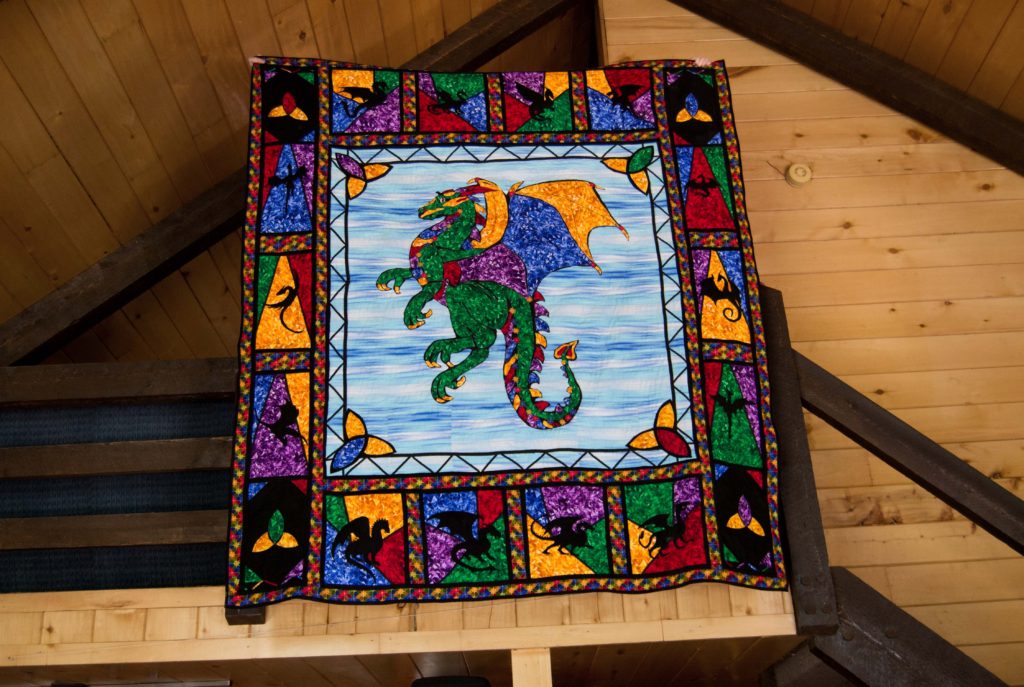
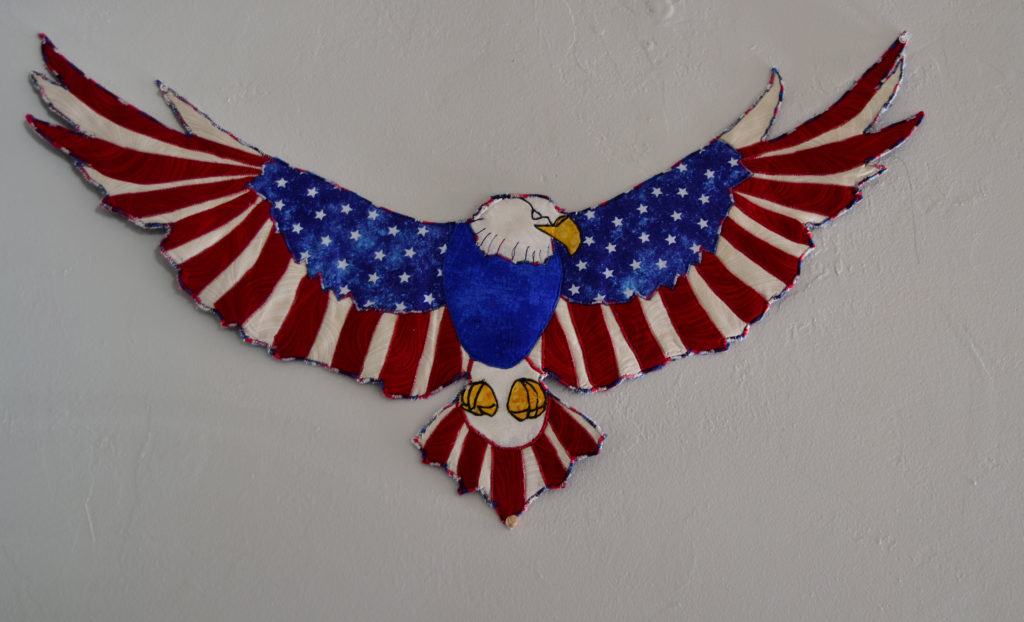
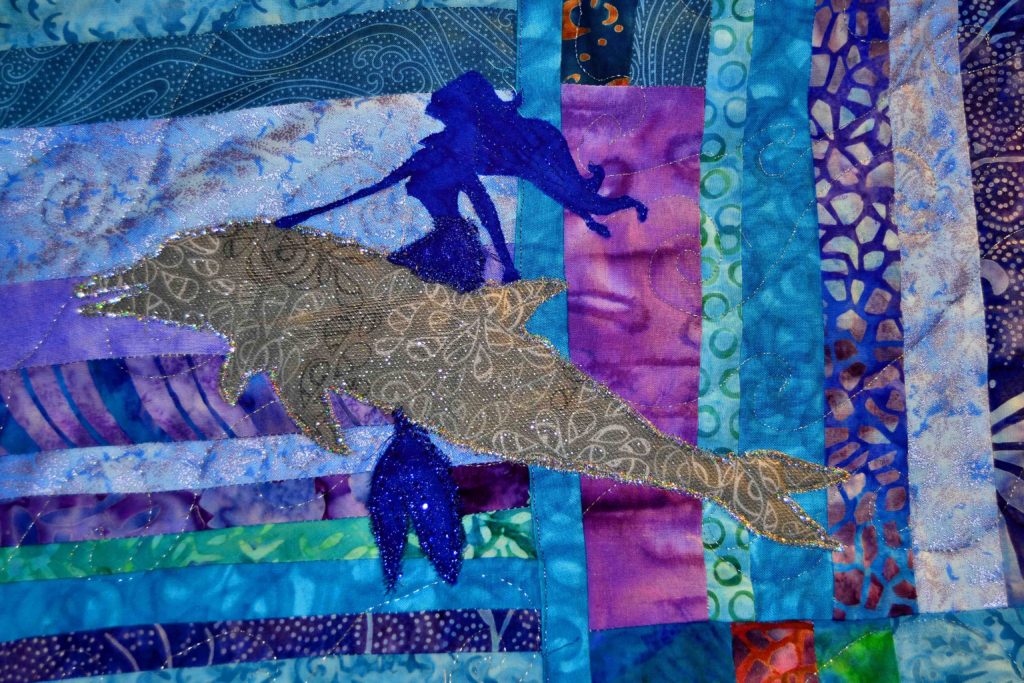
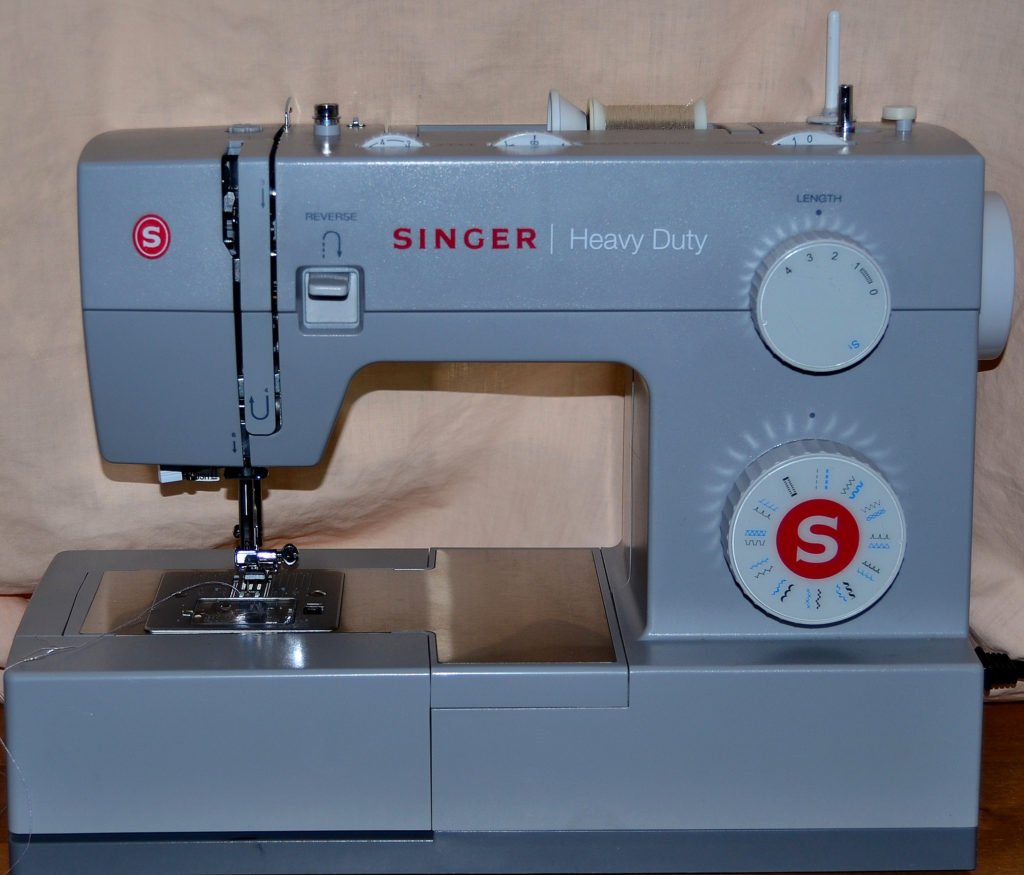
Many of my beautiful and innovative quilts have been sewn on this simple, humble little workhorse sewing machine – don’t underestimate them!
The weight factor become much more of an issue the older you get.
If you plan on moving your machine around to quilting circles, classes, maintenance checkups, etc., consider the mechanics of moving it. Barb has to have her son load hers into the car, and moves it around in a wagon because there’s no lifting that sucker for anyone over 50.
Motor Strength
Machines that are advertised as Heavy Duty, are to my mind, the best sewing machines for overall sewing, especially for home sewers who do more on them than just quilt.
For example I also like to do:
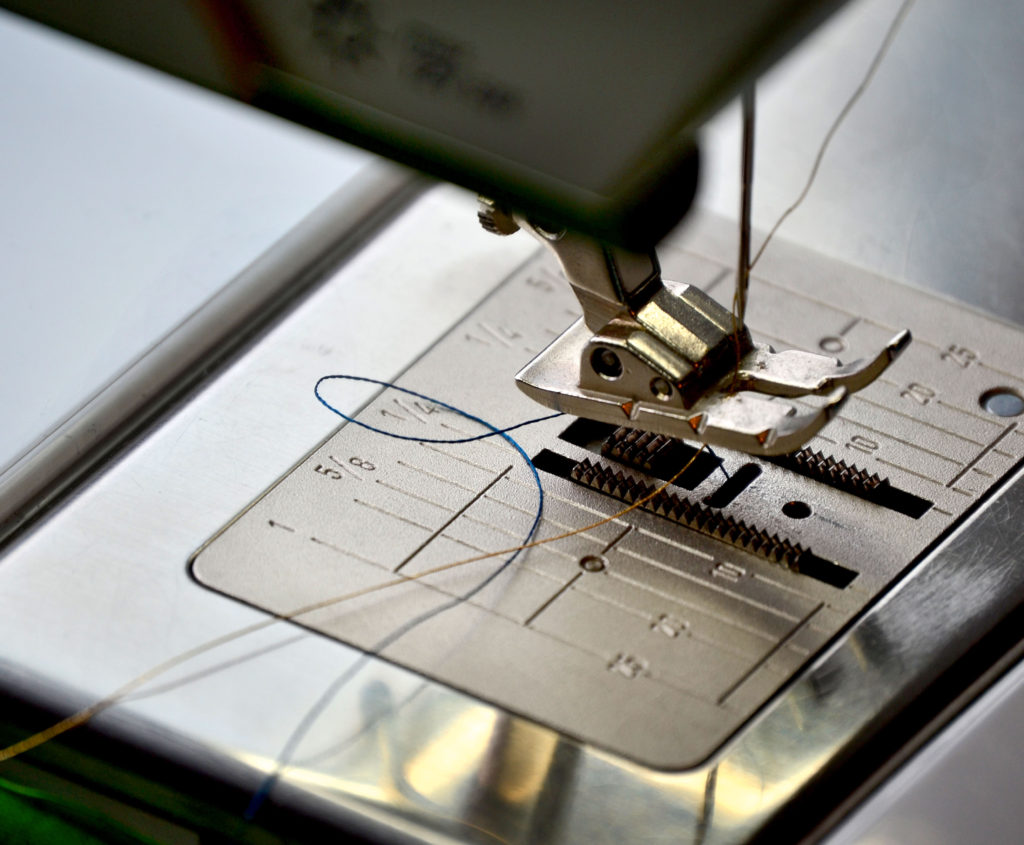
- The mending
- Sew curtains
- Various household decorations
- Sew clothes for Michael, etc.
Besides doing all my fabric art stuff. This requires that my machine have the strength to sew through several layers of denim and still be able to stitch chiffon fabrics.
Free Motion Quilting
If you do any fabric art or quilting at all, you will need the free motion quilting feature. This is becoming more and more common in almost every brand of machine – don’t buy one that doesn’t include it.
A Strong Zig-Zag
When you think about all of those fancy stitches that the top-line machines have, ALL of them are created with a zig-zag stitch. So it makes sense to be sure that this part is created with the strongest steel and machined perfectly, and that it can be easily oiled, cleaned and maintained, because if it can’t, your fancy stitch feature won’t last very long. Ever heard of planned obsolescence?
The Best Sewing Machine for You is a Hard Decision
One problem with the smaller, cheaper machines – like my own Singer Work Horse – is that they tend to have a limited life, and when they go, they’re gone. So just know that you won’t be able to extend the life of one of these quite as much as a big machine.
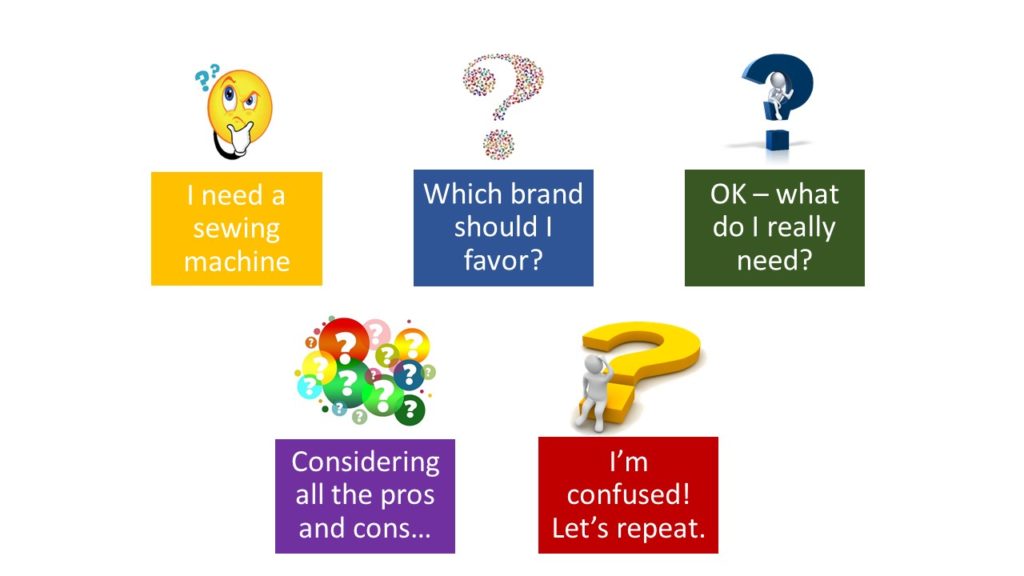
Michael and I finally concluded that the three features that I used constantly in my work were straight stitching, zig-zag stitching, and free-motion quilting.
So this is all I’m going to purchase at present.
Sometimes it is more cost effective to buy 2 different machines to accomplish different tasks than to buy one machine that does it all. Like a plain, regular sewing machine and a separate serger or embroidery machine.
Both machines will be more simply built and therefore more easily maintained. The more features you stuff into one machine the more there is to go wrong. I finally decided to buy a $130.00 Heavy Duty Singer for the bulk of my sewing, and am thinking of purchasing a Brothers 1500 that does nothing but straight stitch and free motion quilt.
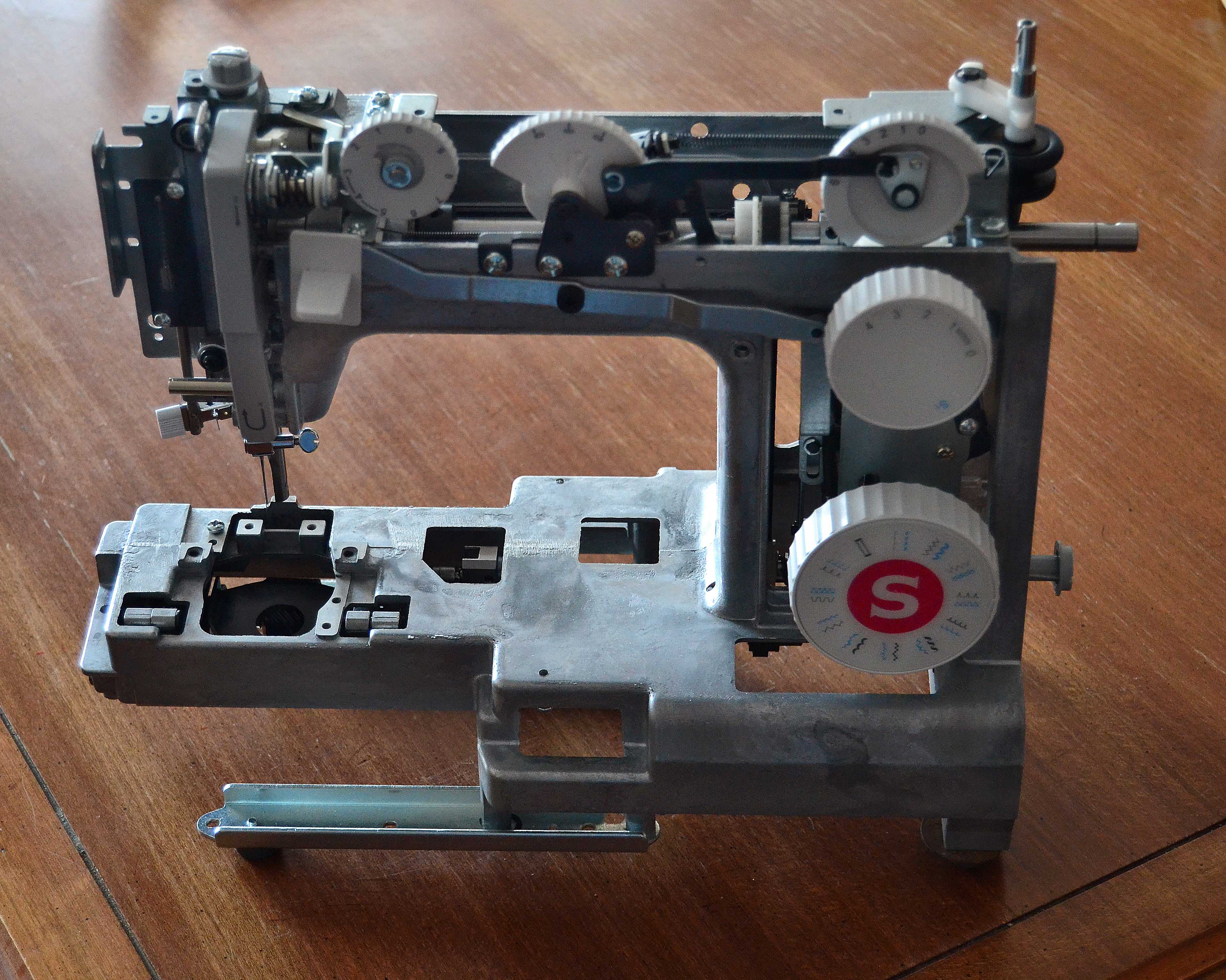
The Singer has an excellent zig-zag feature and this way I can spread my sewing over 2 machines without wearing them out.
The Snob Factor
Beware, beware. This is a monster that can get you into all sorts of hot water financially.
“The nose is up…the eyes cast down!”
It’s a combination of jealousy, keeping up with the Jones’s, and wanting to stick your nose up in superiority while looking down on mere mortals. It’s a great temptation and being human, we all do it from time to time.
This is no less true than in the quilting world.
Just walk through a quilt show and listen to the people around you running down a machine sewn binding vs a hand-sewn one, etc. This totally human tendency can be completely harmless if you keep it in your head. But if you let it into your wallet it can be BIG trouble and cost you BIG bucks.
Don’t fall for the “more expensive it is, the better it is and therefore, the better I am” lie.
A $200.00 machine can work for you just as well as a $5,000.00 one if it does what you need it to do.
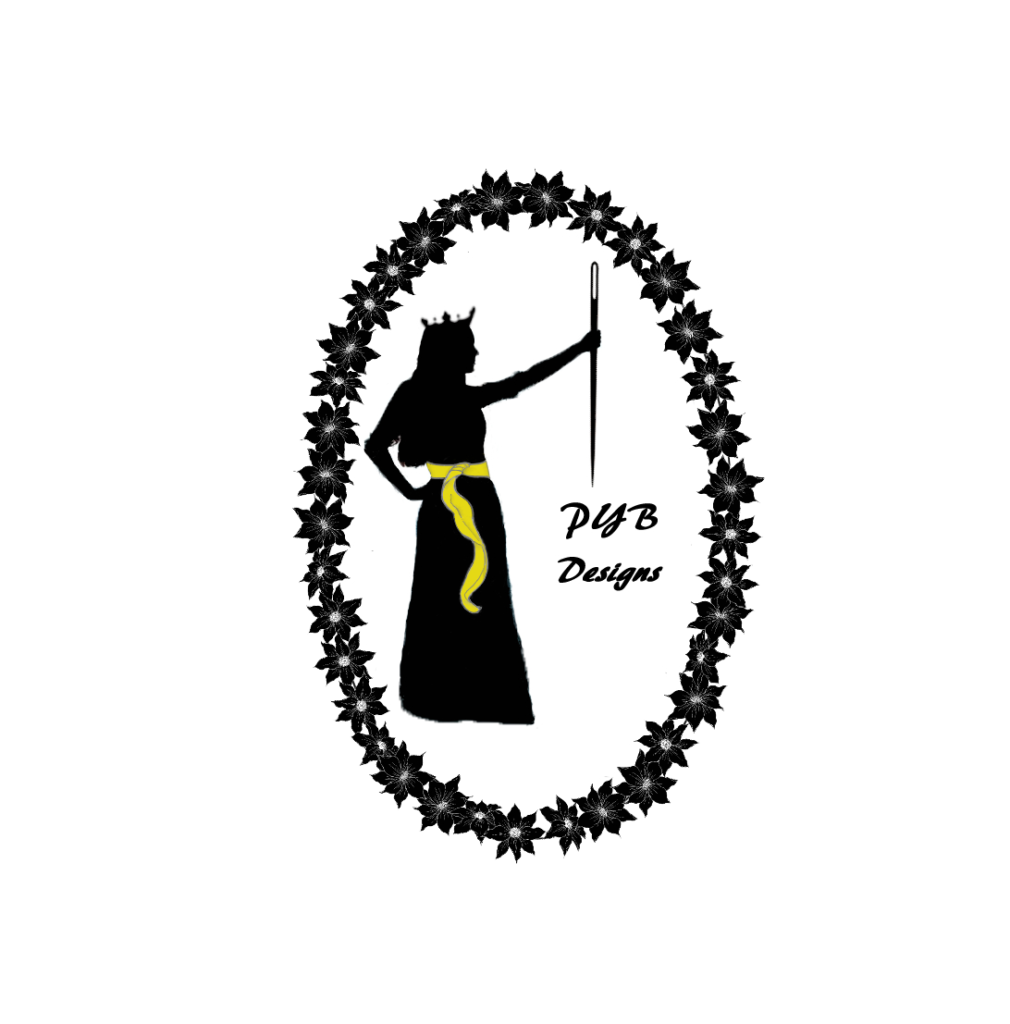
So, give a careful think about what you need your sewing machine to accomplish, do your due diligence on the Internet by checking out each machine you might be interested in, talk to friends and fellow seamstresses about their machines and recommendations, be realistic about your budget for a new machine, and make your choice.
HAPPY SEWING!
Stock Your Tool Kit with the Right Equipment – Sharp Stuff Edition
Stocking Your Tool Kit with the Other Essentials – Unique Sewing Tools & Their Uses

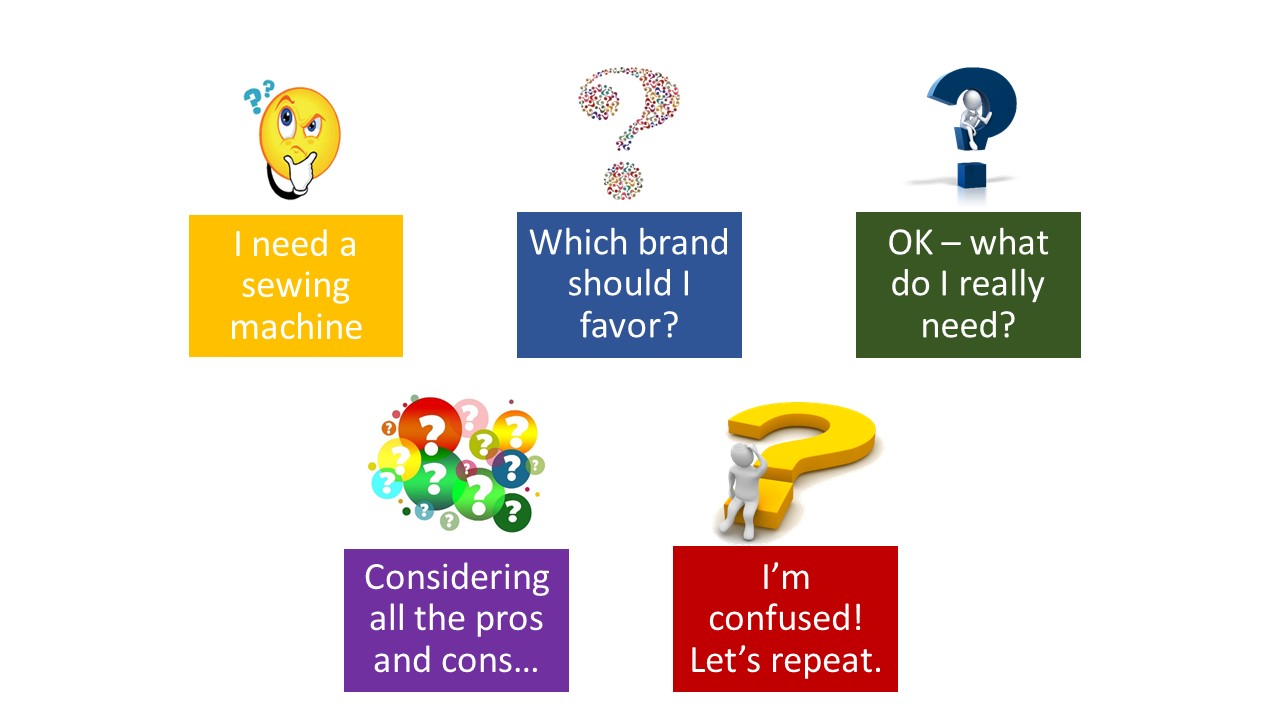
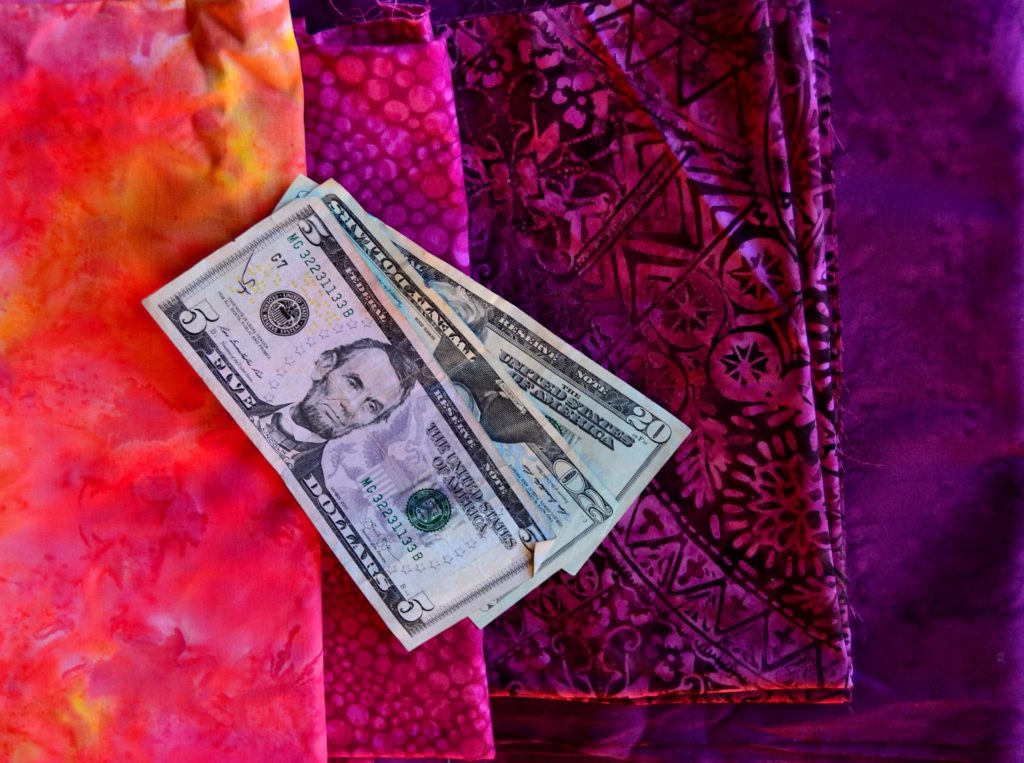
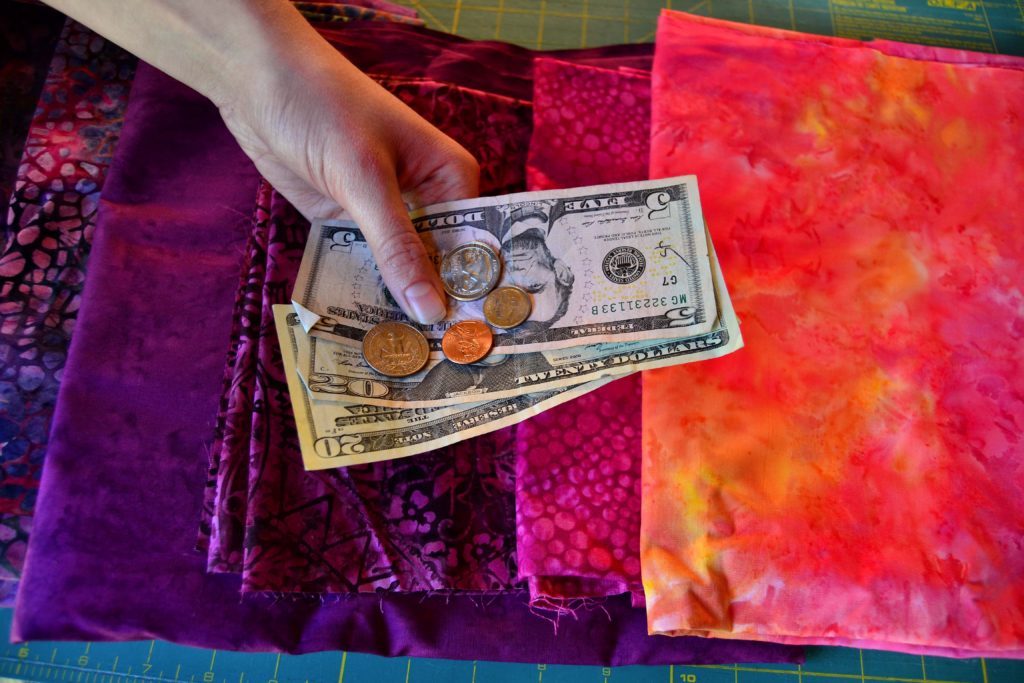
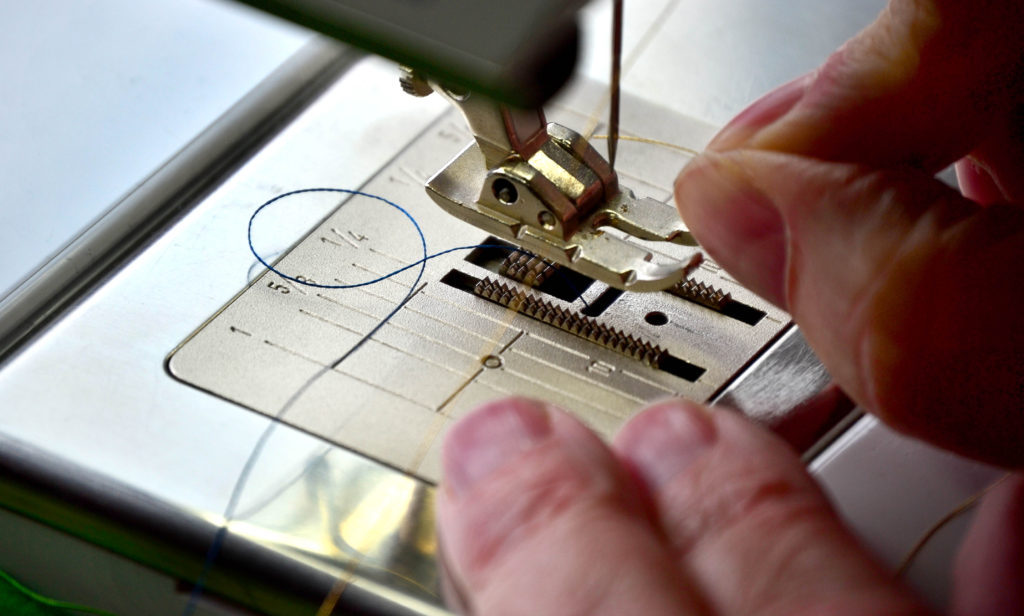
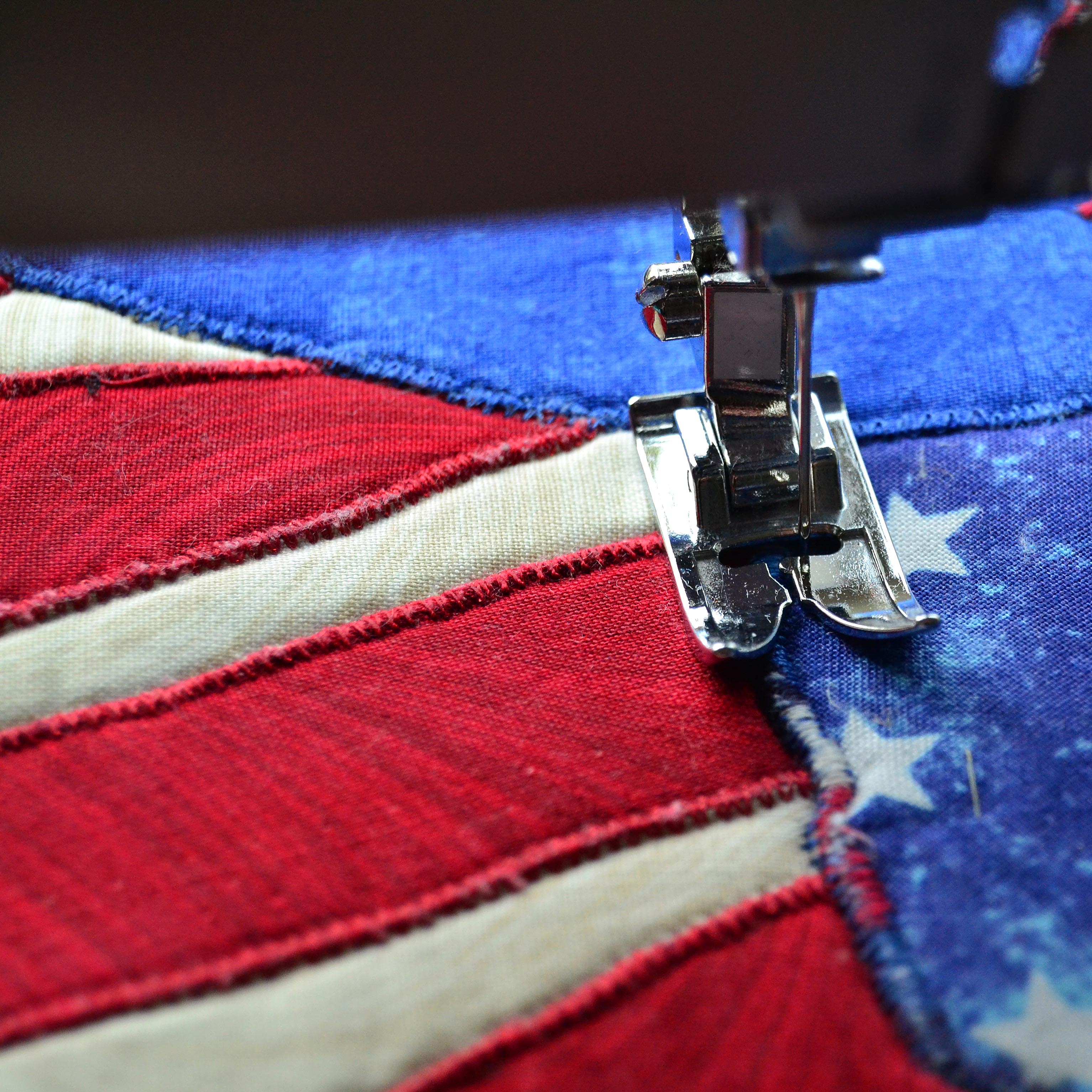
I’m more than happy to find this website. I want to to thank you for your time just for this wonderful read!!
I definitely savored every little bit of it and I have you saved as a favorite to check out new things on your
website.